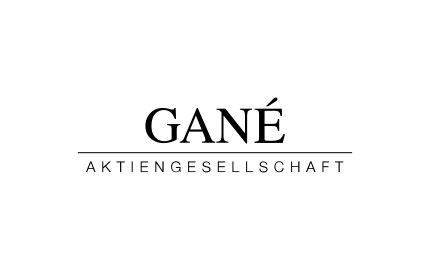Capital markets are in for an eventful week. Today, U.S. inflation data for November will be published, before FED Chairman Jerome Powell is expected to announce the last interest rate hike of 2022 in the United States tomorrow. On Thursday this will be followed by interest rate decisions from the European Central Bank, the Bank of England, the Swiss National Bank and the Norwegian Central Bank. The momentum of price increases in the U.S. and Europe slowed recently. So current data will be eagerly assessed to see whether raising hopes for an inflation peak can be supported. Many market participants are holding out hope that, following a phase of record interest rate hikes, monetary authorities are sending the signal for a slowdown or even a turnaround in restrictive monetary policy. In any case, the positive performance of the stock markets in recent weeks reflects investors’ hopes that inflation and interest rate peaks will be overcome.
None of this plays a decisive role for GANÉ’s in-depth fundamental analysis. Correct forecasting of the exact number, level and timing of interest rate hikes, is neither possible nor important. Much more crucial is the awareness that the era of “free money” is over. Since the Great Financial Crisis, companies have benefited from steadily falling interest rates and an unprecedented glut of liquidity from monetary and fiscal policy. The decline in yields on fixed-income securities triggered a hunt for alternative sources of yield, resulting in a veritable rush to invest in start-ups, private equity and technology companies. “Cheap money” in abundance led to indiscriminate financing of questionable business models that, despite their euphorically high sales growth rates, had no plan for breaking even.
This “land of milk and liquidity” is now a thing of the past. Even a potential slowdown in restrictive monetary policy will not change this. Finally, interest rate hikes by the U.S. Federal Reserve have already triggered the sharpest 12-month increase in the weighted average cost of capital in 40 years – based on companies in the S&P 500. Higher financing costs, in addition to higher wage and energy costs, will put pressure on corporate margins. For this reason, GANÉ remains focused on companies with above-average gross-profit margins, regardless of a potential peak in interest rates. Selecting outstanding business models that demonstrate margin strength despite rising costs is more important to investors’ long-term returns than forecasting future interest rate hikes.
Author:

